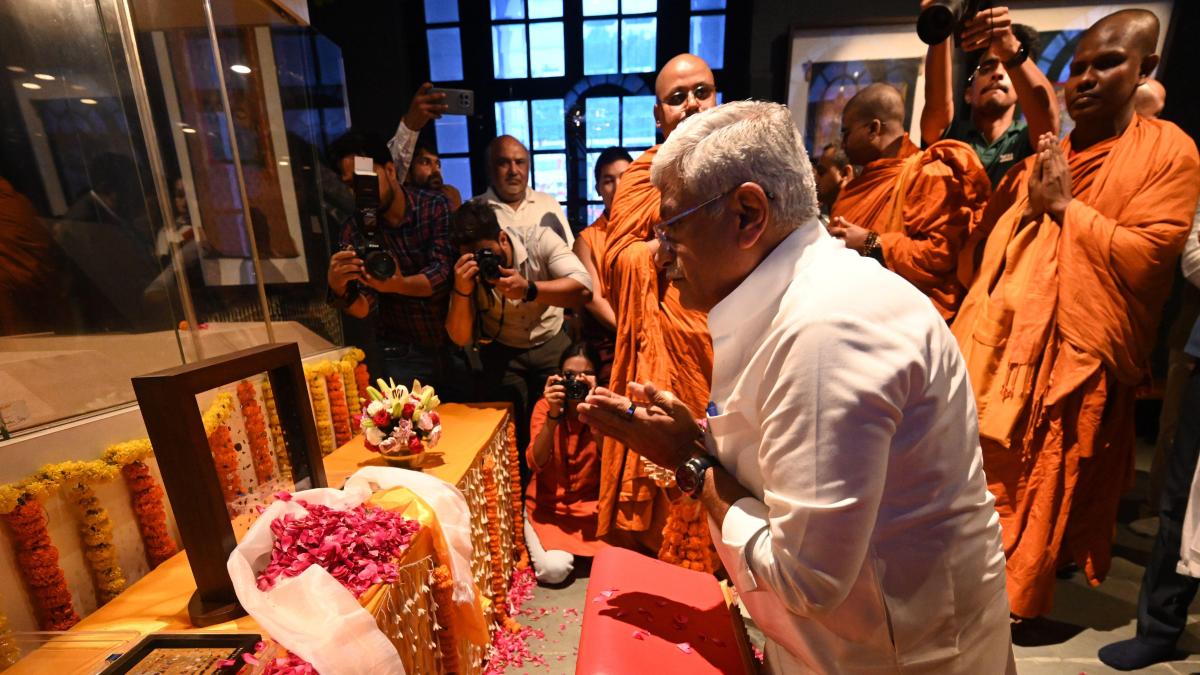The world recently witnessed a significant victory for cultural heritage as ancient Buddhist relics, once slated for a controversial auction at Sotheby’s, were successfully returned to India, bringing an end to an international outcry.
The journey of these invaluable artifacts began in 1898, when British colonial engineer William Claxton Peppè, an avid amateur anthropologist, unearthed them from an earthen mound on his estate in Piprahwa, northern India, marking one of the notable colonial era discoveries.
These aren’t merely precious stones; within Buddhist faith, there’s a profound belief that the bodies of enlightened masters transmute into gems like quartz or amethyst, making these specific Buddhist relics highly sacred and integral to India’s spiritual and historical identity.
The controversy ignited 127 years later when Peppè’s great-grandson, Chris Peppè, attempted to auction the family heirloom, leading to accusations from the Indian government of “participating in continued colonial exploitation” and a widespread Sotheby’s controversy over the sale of sacred items.
Valued at an astonishing £9.7 million, the sacred jewels, remarkably kept in a shoebox, were intended for sale via Sotheby’s in Hong Kong. However, the international community, including millions of Buddhists, condemned the auction, citing the inalienable religious and cultural heritage of India, leading to the sale’s cancellation.
Following two months of intense negotiations involving the owner, the prospective buyer, and the Indian government, Sotheby’s facilitated the ancient artifacts’ return. The successful cultural repatriation was met with widespread celebration in India, culminating in a ceremony at the National Museum in Delhi where Buddhist monks chanted prayers as the gems were installed.
Buried in a stupa around 240-200BC in Piprahwa, Uttar Pradesh, these gems predate the Buddha’s death (circa 483BC) and represent a tangible link to ancient India’s spiritual past.
Chris Peppè had previously stated his family explored donation but concluded an auction was the “fairest and most transparent way to transfer these relics to Buddhists.”
Critics countered that such items are not mere commodities for market sale, arguing that auctioning them off is akin to selling the very body of the Buddha, highlighting deep ethical dilemmas surrounding cultural artifacts.






Leave a Reply